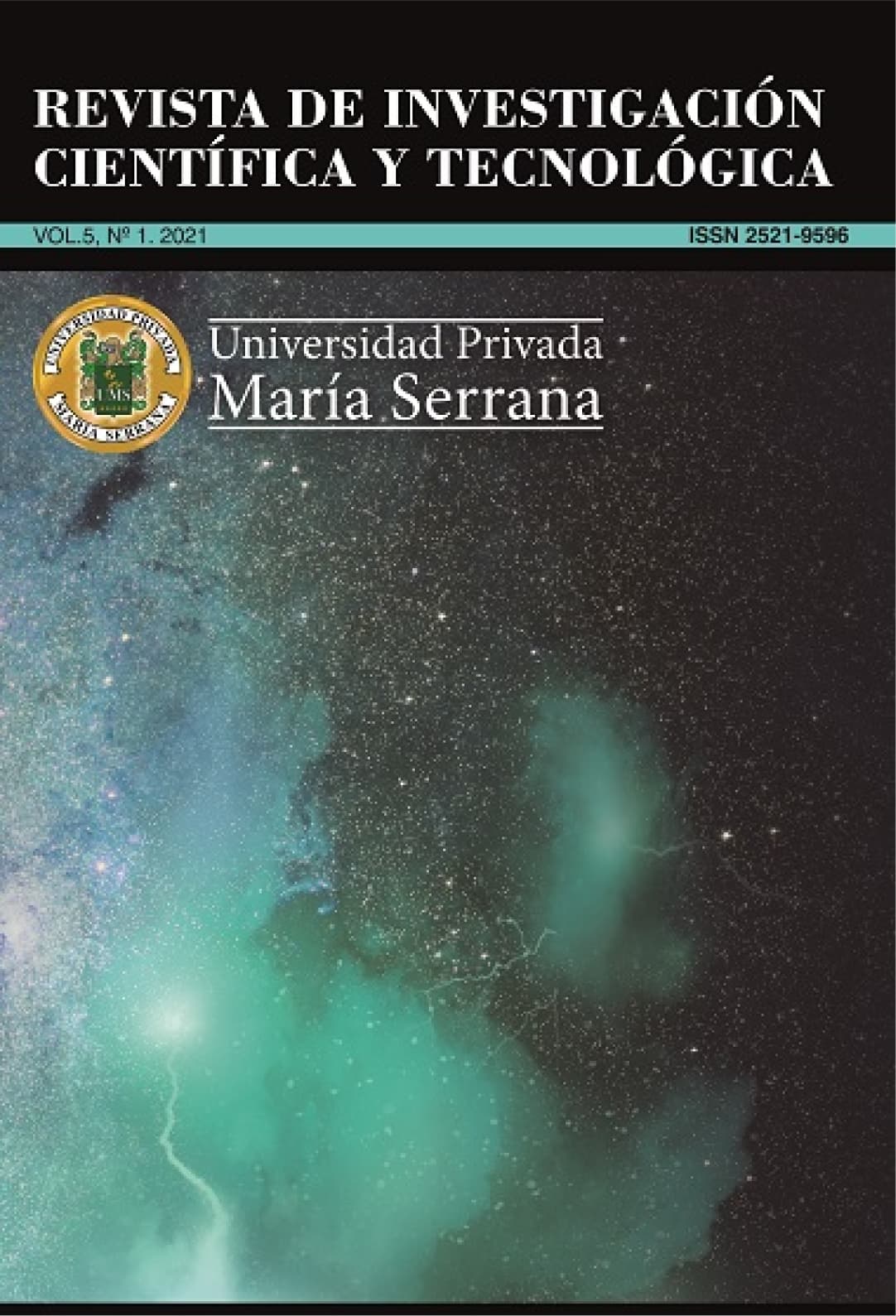Resumen
Los psicópatas se caracterizan por la insensibilidad, la capacidad limitada de remordimiento y la falta de empatía. La causa exacta de estos rasgos de desorden de la personalidad es un área de continuo análisis y debate científico. La psicopatía ha sido considerada como como la capacidad limitada de inferencia acerca de los estados mentales de otros o la capacidad manipuladora y de desarrollar habilidades de deducción sobre otras personas. En este artículo de revisión se determinarán los principales rasgos y características del psicópata, así como las teorías sobre los factores de desarrollo de la psicopatía según las posturas de tres autores precisando las principales anomalías de la mente psicopática. La psicopatía como trastorno de la personalidad continúa siendo un tema difícil de estudio que no solo implica comprender los patrones cerebrales correspondientes específicos, sino también la comprensión de las expresiones faciales y las emociones genéricas. Se concluye que se puede identificar al psicópata cuando se encuentra bajo múltiples equipos de pruebas cerebrales, pero sin estos recursos, un psicópata podría ser cualquier persona. No hay certeza sobre las causas de la psicopatía, pero es probable que sea una combinación de factores genéticos, ambientales e interpersonales.
Referencias
Contreras-Rodríguez, O., Pujol, J., Batalla, I., Harrison, B. J., Bosque, J., Ibern-Regas, I., Hernández-Ribas, R., Soriano-Mas, C., Deus, J., Lopez-Sola, M., Pifarre, J., Menchon, J. M., & Cardoner, N. (2014). Disrupted Neural Processing of Emotional Faces in Psychopathy. Social Cognitive and Affective Neuroscience, 9(4), 505-512. https://doi.org/10.1093/scan/nst014
Dawel, A., Wright, L., Dumbleton, R., & McKone, E. (2019). All Tears are Crocodile Tears: Impaired Perception of Emotion Authenticity in Psychopathic Traits. Personality Disorders: Theory, Research and Treatment, 10(2), 185-197. https://doi.org/10.1037/per0000301.supp
Fallon, J. (2013). The Psychopath Inside: A Neuroscientist's Personal Journey into the Dark Side of the Brain. Penguin Group USA
LaBrode, R. T. (2007). Etiology of the Psychopathic Serial Killer: An Analysis of Antisocial Personality Disorder, Psychopathy, and Serial Killer Personality and Crime Scene Characteristics. Brief Treatment and Crisis Intervention, 7(2), 151-160. https://doi.org/10.1093/brief-treatment/mhm004
Levy, N. (2014). Psychopaths and Blame: The Argument from Content. Philosophical Psychology, 27(3), 351-367. https://doi.org/10.1080/09515089.2012.729485
Tillem, S., van Dongen, J., Brazil, I. A., & Baskin, S. A. (2018). Psychopathic Traits are Differentially Associated with efficiency of neural communication. Psychophysiology, 55(9), 1.

Esta obra está bajo una licencia internacional Creative Commons Atribución 4.0.


